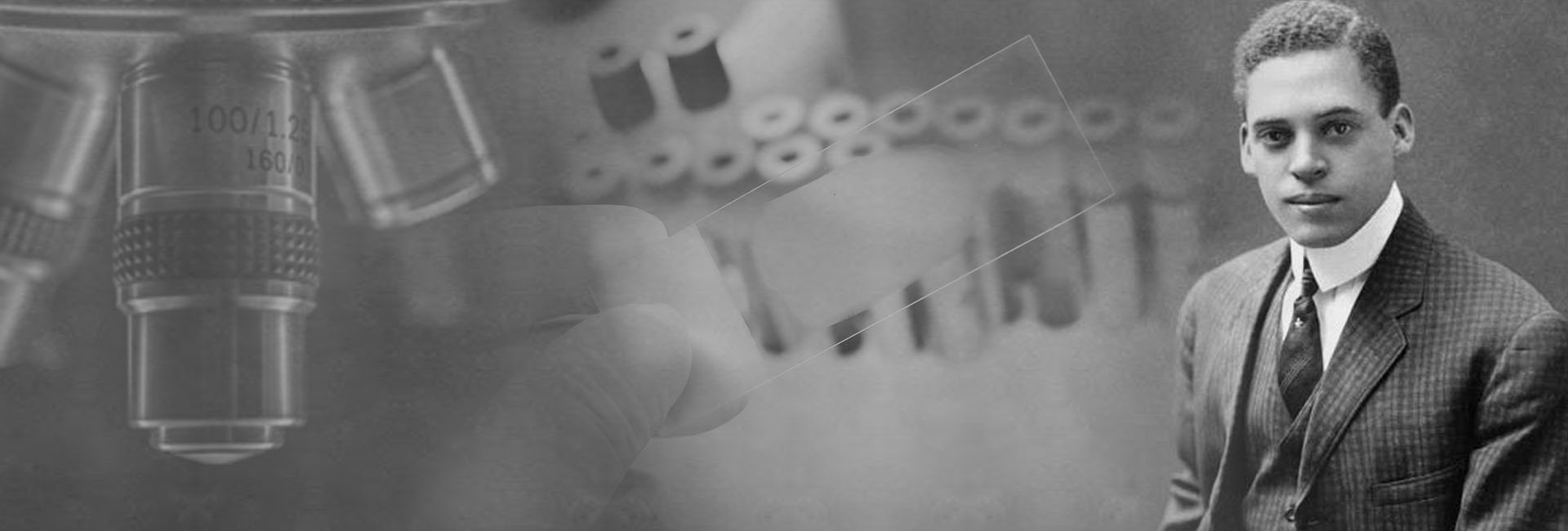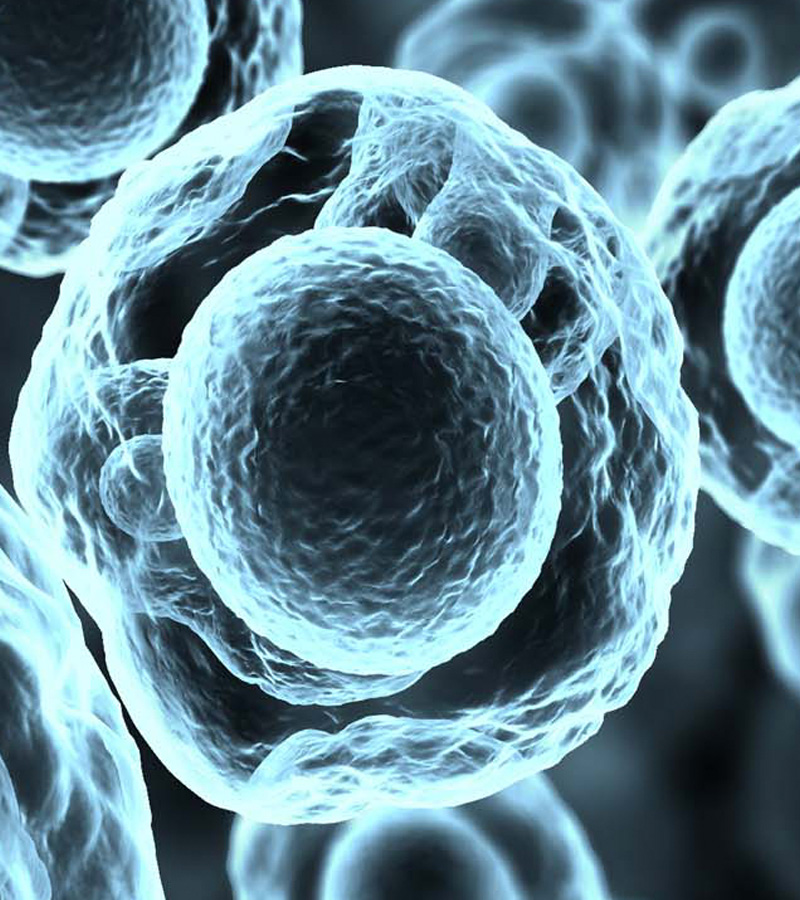
THE BIOGRAPHY OF ERNEST EVERETT (1883-1941)
Ernest Everett Just was born on August 14, 1883 in Charleston, South Carolina. Schools in the South were segregated, and the schools for black children were decidedly inferior. His parents sent him north to seek more adequate schooling at Kimball Union Academy in New Hampshire. In 1903, he graduated and moved on to Dartmouth College as a member of the class of 1907. At that time, Dartmouth functioned mostly as a social club for elite sons to meet and establish business connections with their peers. The emphasis at the College was more on football than academics. Just, however, had little interest in athletics and kept to himself in his off-campus apartment on Main Street (Manning, 1983). Though he began his Dartmouth career as a classics major, it was not long before he developed an intense interest in biology. He performed so well in his classes that he graduated tenth in the class of 1907, earning nearly all the awards presented and the rank of Magna cum laude. Nevertheless, even as an outstanding Dartmouth graduate, Just was still expected to work among blacks and in suitable black disciplines.
Just was unwilling to accept such a limited future for himself. He began teaching at Howard University after graduation, and eventually he managed to earn a doctorate from the University of Chicago. Dr. Just received international acclaim for work he completed during the summers from 1909 to 1930 at the Marine Biological Laboratory (MBL) in Woods Hole, Massachusetts. At MBL, he conducted thousands of experiments studying the fertilization of the marine mammal cell. In 1922, he successfully challenged Jaacque Loeb’s theory of artificial parthenogenesis, pushing the envelope. Using his research conducted at Wood’s Hole, he published his first book entitled, Basic Methods for Experiments on Eggs of Marine Mammals.
Although Dr. Just was considered a leader and authority for his work with cell development, as an African American, he experienced racism and prejudice. For this reason, Dr. Just decided to study in Europe in 1930. It was in Europe that he published his second book, The Biology of the Cell Surface. While in Europe in 1938 he published a number of papers and lectured on the topic of cell cytoplasm.
Throughout his life Just had problems obtaining funding for his work, partly because of racial discrimination and partly due to the general lack of funding for science during the Great Depression of the 1930s. He continued to teach on and off at Howard for the remainder of his life. Dr. Just died October 27, 1941 in Washington D.C. Our society was named in his honor.
Ref: Biography by Kenneth R. Manning, Black Apollo of Science: The Life of Ernest Everett Just (1983).

